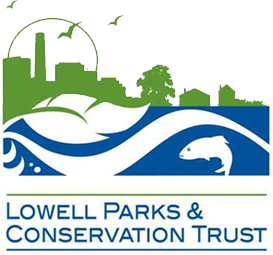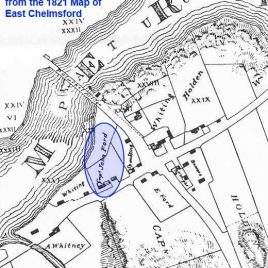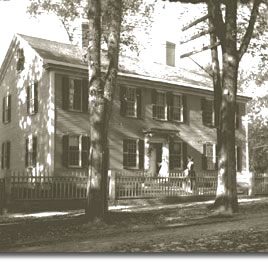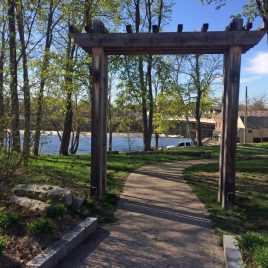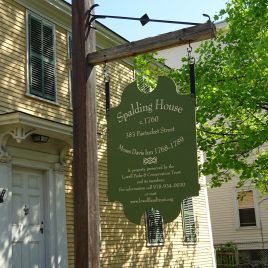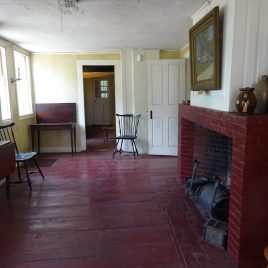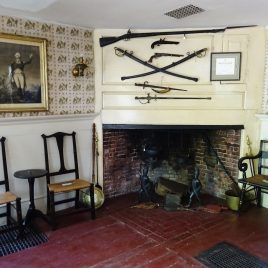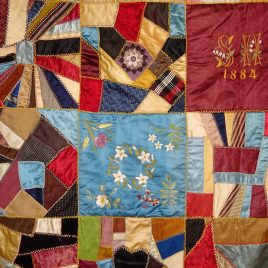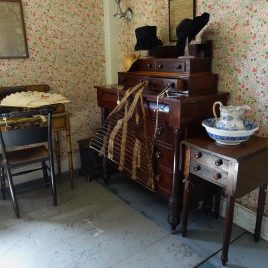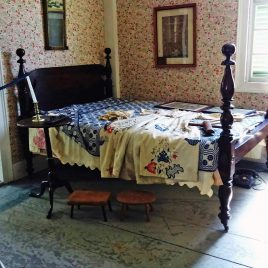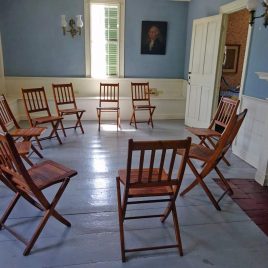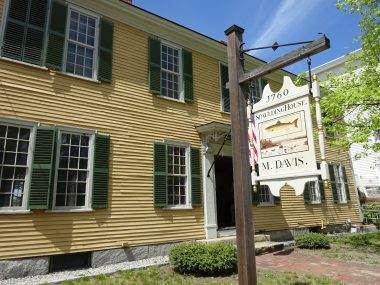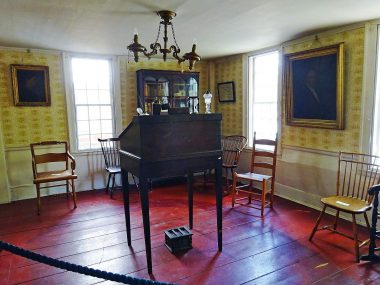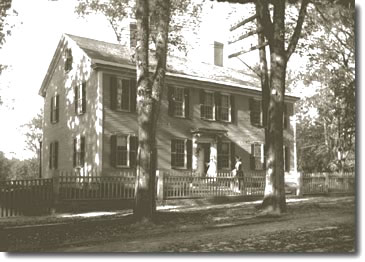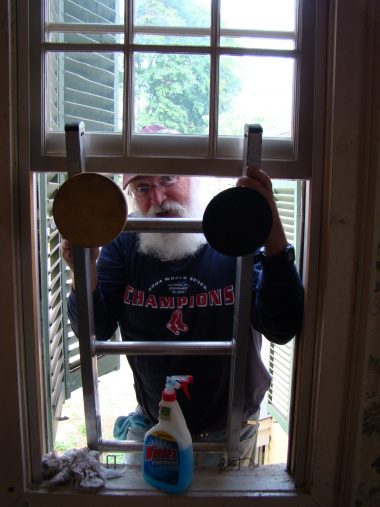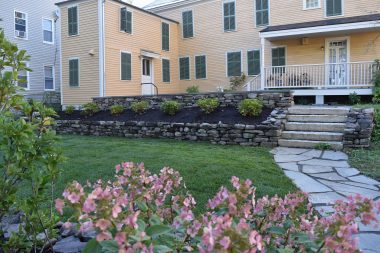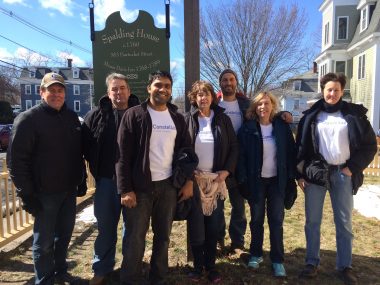Spalding House
Visit
383 Pawtucket Street, Lowell, MA
Witness to History
The Spalding House is a witness to Lowell’s changes since the Colonial period.
Built in 1760, the property was purchased in pounds and shillings during a time when we still lived under the rule of a king.
Debates about taxation took place here in what was then called the Moses Davis Inn. The Inn was a refuge for barge keepers bringing lumber down the Merrimack River before the canals were built.
The home’s location at Pawtucket Falls, abutting both state and national park properties on the river, provides a unique perspective on Lowell’s pre-industrial history.
Visit the Spalding House today and you will find a rare hanging wall and door as well as a lighting collection that represents every era of possible lighting sources.
The home is now a house museum open for educational programming by request, as it is currently being restored. It is open to the public during Doors Open Lowell, an event held each May to celebrate the countless historical buildings in the city.
See how much the Spalding House has changed over the years!
